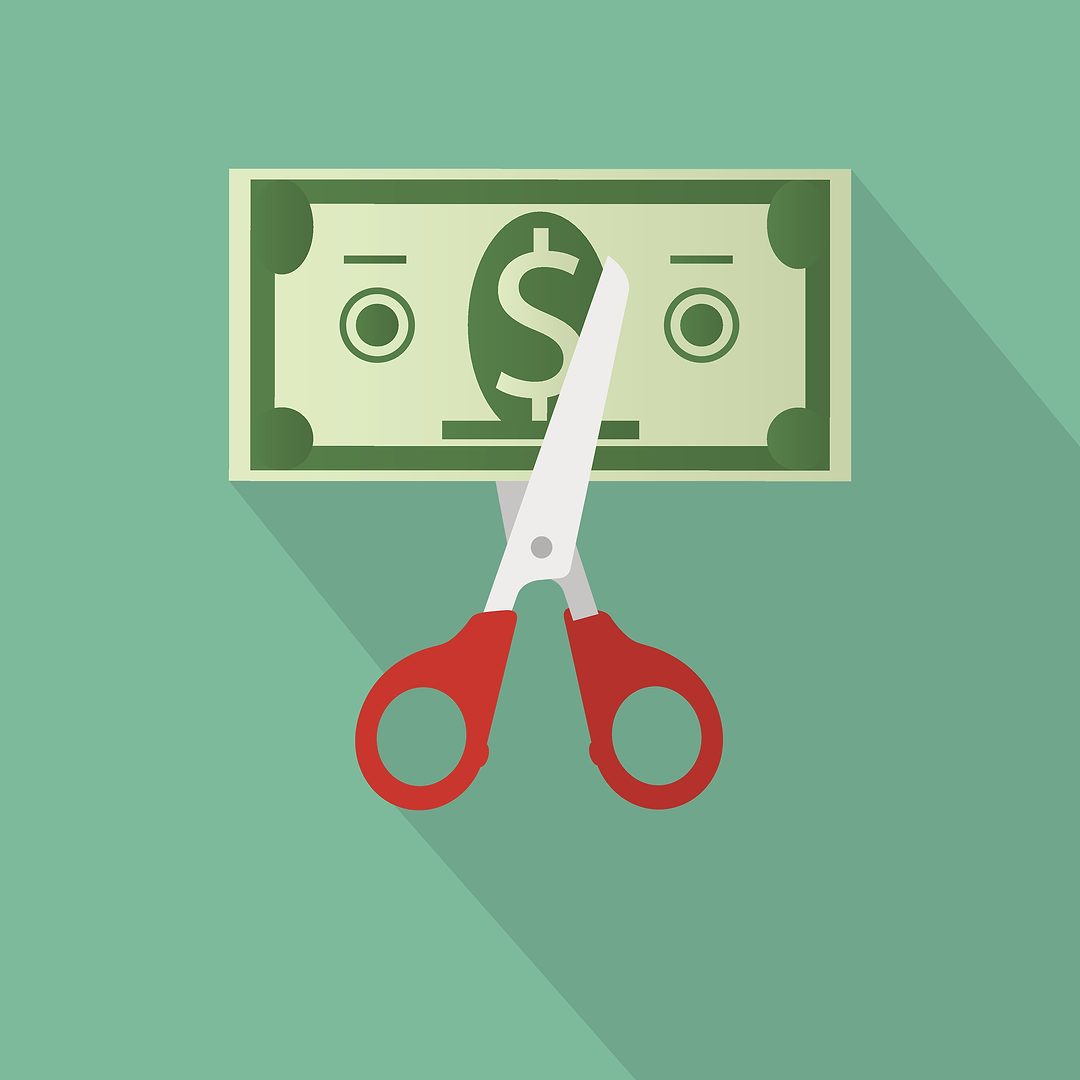How Much Do You Keep Out of Each Consumer Dollar?
You may want to explain to customers the reality of business expenses when they complain about your service prices.

Did you ever consider how much of each consumer dollar you charge your customers actually stays in your business? Consumers often make snide remarks about how much money PHC contractors make — as if contractors incur no cost in serving consumer needs. Further exacerbating this public misperception, contractor ignorance of true operational costs allows this erroneous thought to perpetuate.
I remember a conversation with a consumer many years ago. I sent a technician to her home for a plumbing problem. She was at work and her adult daughter was at the home. My tech checked the situation and quoted a price to remedy their problem. The daughter called her mother to relay the information.
The mother suffered a severe case of sticker shock when she heard the price. With her misperception of the full price quoted going in my pocket, and her unwillingness to pay for any luxuries I might enjoy with her money, she told her daughter not to authorize the work until she spoke to me.
She immediately called the office and asked for me. I got on the phone in hopes of answering her questions. She went off on me regarding the price my tech quoted to address her problem. She went on and on about the unfairness of the price we quoted. So, I listened and let her state her case.
Then, in a calm, caring and intelligent manner, I informed her that contractors don’t get to keep all the money consumers pay for our services.
I explained, using national statistics at the time, that after paying for the operational costs incurred by being in the business of serving consumer needs, there isn’t much money left. At the time, the average contractor profit percentage of the consumer dollar was only 3 percent.
That 3 percent average was due to the fact that many contractors lost money rather than recovering their costs and earning a profit above it. That brings averages down.
Don’t get me wrong; there are contractors who make money because they identified and calculated their true costs and then applied a proper profit margin to those costs. I call them businesspeople. Those who brought down the averages through flawed business practices were just people in business.
Minimal costs
To understand true cost, the contractor must realize that the operational costs of labor and overhead for one qualified PHC service technician and a properly equipped service vehicle in the United States falls between $100 and $250/hour.
And that range is only if you sell all your available revenue producing, regular business day hours for all your techs all the time. If you sell less, your actual cost per hour rises. The width of that cost range is due to many expense variables.
To explain those expenses, I’ll use the following hypothesis based on a one tech/one truck shop in which the master tradesperson and the spouse are the only employees and work from their home.
One person involved takes care of the technical duties while the other takes care of all administrative duties. And, since I’m trying to make the costs minimal, the couple does not include in their expense budget the cost of the space they use in their home for business purposes.
The example budget used to arrive at the percentages relating to the consumer dollar is based on minimal costs. It means the costs may and probably are higher.
In this example, if this business sells all its available tech hours all the time, the hourly tech/truck labor/overhead cost to this business is $99.45.
It’s close to the low cost of $100 I previously stated. But since that $99.45 cost/hour does not include the amount of space they use in their home for business purposes, their actual cost would be higher if they acted in a true business-like manner.
At $12,000 of annual rent expense, the increase would be $7.03, making the true cost $106.48 for each revenue-producing hour if they sold all available tech hours all the time. If they did include that expense in their budget, their operational cost per revenue-producing hour would be higher than my range’s low number of $100.
Please keep in mind that if your costs are higher, your numbers will vary accordingly. The percentages as they pertain to each dollar of cost you incur will vary to some degree.
The example hourly cost of $99.45 is based on gross salaries for the two people involved in this business of a combined $78,000. The personnel of this business are married, have one family health insurance plan, one service van, and their desired profit margin is 10 percent. All those factors are minimal.
At a 10 percent profit margin, their selling price would be $110.50/tech hour ($99.45 ÷ 90 percent = $110.50).
Keep in mind that figures are rounded up or down by a computer and will vary from company to company. Yours will differ. But the example should give you an idea of how to explain where the money goes so you can make your point.
Business expenses and profit margin
To enlighten the aforementioned consumer further and deter any thoughts she might have that I was trying to justify our price, I explained we had to pay for our business expenses, which included salaries and salary-related expenses of the administrative support personnel she spoke with to arrange her appointment. In this example, it is about 16 percent of every consumer dollar.
I then emphasized the fact that administrative staff gets paid to do their job. If no one was there to answer the phone, she could not get the service she wanted since no one would be available to dispatch the technician to address her requests.
Next, I told her there were salaries and salary-related expenses for the technician sent to a home or business. In this example, it is about 41 percent of every consumer dollar.
I politely explained that technicians get paid to do their job. If they didn’t, consumers could not get the service they wanted since there would be no reason for the technician to address consumer requests.
As I continued, I brought up the vehicles needed to get a tech to a consumer’s location as well as vehicular expenses to operate such vehicles: insurance, fuel, repairs and maintenance, and registration and inspections. Vehicular expenses in the example represent about 8 percent of the consumer’s dollar.
Without a vehicle, the tech can’t get to the consumer with all the tools and inventory needed to address the consumer’s requests.
Next is the cost of a shop or office from which to operate the business. In this example, the couple running this business does not claim any rent for the space they use for their business. It means the percentages are skewed. The other percentages will, therefore, be affected when you include this expense.
However, even though this couple doesn’t include rent for the space they use in their home for this business in their expense budget, they still have ancillary expenses for items and equipment they use: computers, printers, ink or toner, paper, pens/pencils, invoices, utilities and maintenance, etc. In this example, the expense without rent is about 4 percent of each consumer dollar.
Note that running the business from the kitchen table can only be done for so long without affecting efficiency.
Next are insurance policies for consumer and contractor protection. In this example, that expense consumed about 2 percent of every consumer dollar.
Add to the expense list a myriad of other business-related operational costs such as government mandates, rules, regulations and tariffs; communications; bank charges; and professional services. These costs represent about 20 percent of every consumer dollar.
Those business expenses eat up about 91 percent of every consumer dollar in this example, leaving 9 percent as a reward for the excellence the business delivers to consumers.
The couple missed their goal of a 10 percent profit margin. And it falls lower yet if the $7.03 cost/tech hour for the shop/office is included. In this instance, instead of making $0.9/hour/consumer dollar, they would make just under $0.2 cents — or just under 2 percent of the consumer dollar. In comparison, the 3 percent of yesteryear was high.
If the example contracting business wants more of a reward, its true costs must be calculated and the profit margin will need to be higher.
Why explain your prices?
Regarding how I addressed the consumer who called me to complain about our prices years ago, I used a polite, informative manner to explain the national statistics regarding how much money it costs contractors to be in business and how much the contractor could possibly hope to keep.
She listened, never interrupted me and, when I was finished, immediately replied, “That sucks!” Then she thanked me for the information and authorized the work to be performed at the price my tech originally quoted to her daughter.
The reasons the average service contractor’s profits are low are because contractors often fly by the seat of their pants rather than the minds in their heads: they don’t have good sound business plans; they use incorrect numbers to arrive at their selling prices; they do not know the true costs they incur in business; and they check the prices of other contractors who do not know their true costs and copy their absurd and stupid pricing policies.
The result is that averages are dragged down.
In truth, the defense of our noble industry and your own business requires that you have a duty to educate consumers about the reality of business life when they question your prices.
This information should give you the insight to counteract the misunderstanding consumers have regarding the prices you must charge them to service their requests.
For you to truly be profitable and financially strong, you must identify your true costs, choose a proper profit margin, develop properly profitable selling prices, and have the confidence to sell your services at those prices. Only then can you recover your true costs and earn the reward you deserve for the excellence you deliver.
If you don’t, look in the mirror when you want to find who is to blame.
And remember, the example budget used to arrive at the percentages quoted herein is one of minimal costs. The percentages as they pertain to each dollar of cost you incur will vary. If you need help with your numbers, I’m a telephone call away.
Examine your business protocols, expenses and selling prices, then implement a sound business plan.





